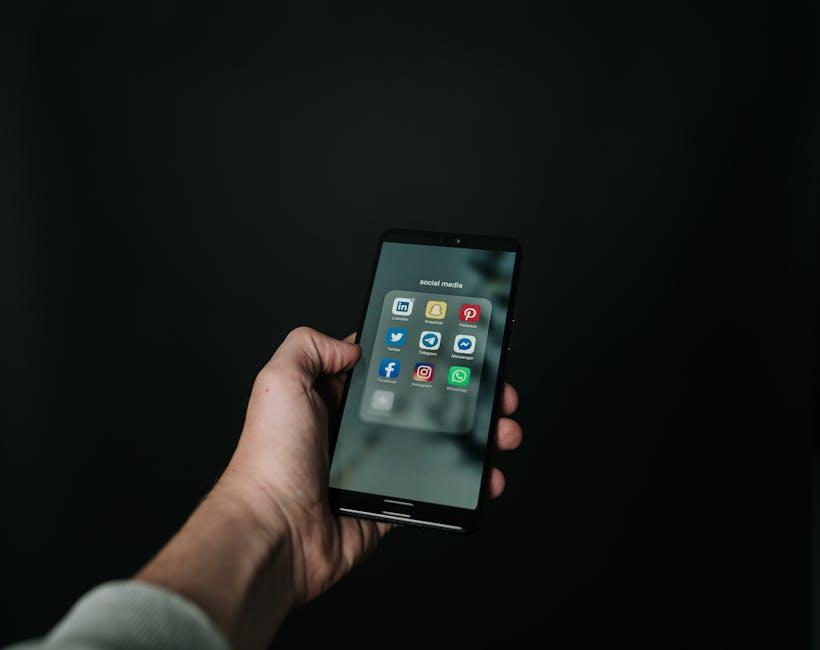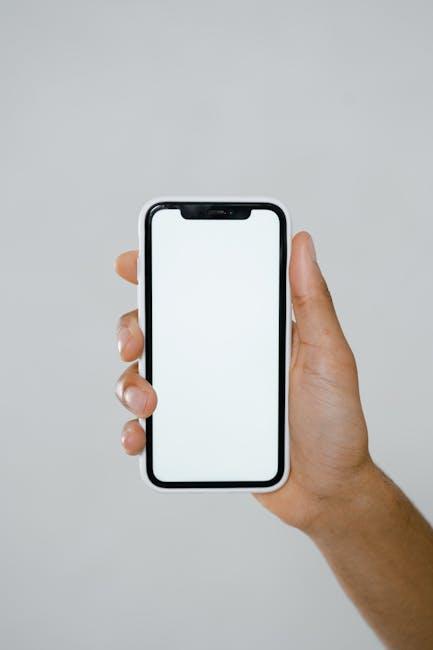In a world where our phones serve as portals to endless information, entertainment, and connection, the experience is no longer confined to what we see or hear. Multisensory interactions in phone apps are quietly transforming the way we engage with technology, blending sight, sound, touch, and sometimes even smell or motion into a seamless sensory dance. This fusion of senses doesn’t just enhance usability-it reshapes how we perceive digital environments, making interactions more intuitive, immersive, and memorable. Exploring these multisensory layers reveals a fascinating frontier where technology meets the subtle art of human perception.
Understanding the Power of Multisensory Engagement in Mobile Applications

Mobile applications today have moved beyond simple taps and swipes, inviting users into a richer world where touch, sound, sight, and even subtle vibrations converge to create immersive experiences. This multisensory approach enhances user engagement by appealing to multiple senses simultaneously, making interactions feel more natural and intuitive. Imagine an app that not only notifies you with a beep but also responds with a gentle vibration and a subtle animation, transforming routine alerts into captivating moments that resonate on a deeper level. Incorporating various sensory inputs can also improve accessibility, allowing users with different needs to enjoy and interact seamlessly with the app.
Designers who embrace multisensory engagement consider several core elements to optimize user experience. These include:
- Haptic feedback: Enhances tactile interaction, confirming actions with subtle vibrations.
- Auditory cues: Guide users through sounds, tones, or voice prompts that complement visual elements.
- Visual storytelling: Uses animations and color dynamics to communicate mood and status.
| Sensory Element | Purpose | Example |
|---|---|---|
| Touch | Real-time confirmation | Button vibration on tap |
| Sound | Notification & guidance | Alert chime when task completes |
| Visual | Feedback & storytelling | Progress animation |
Exploring the Role of Haptic Feedback and Sound in Enhancing User Experience
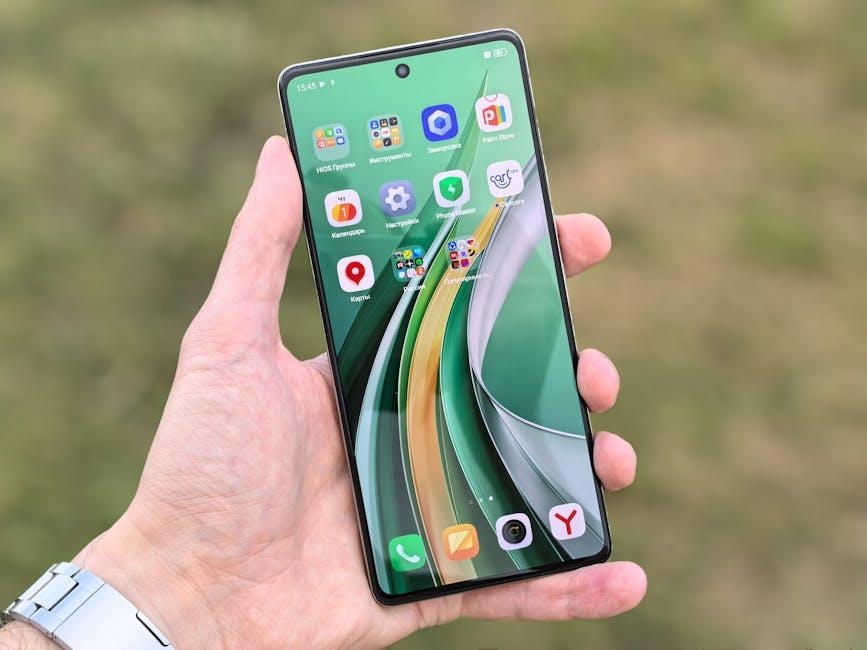
Integrating haptic feedback and sound into phone applications significantly transforms the way users interact with their devices. These multisensory elements go beyond visual cues, creating a richer, more immersive experience. Haptic feedback, through subtle vibrations or tactile responses, can signal user actions such as successful commands, notifications, or errors without needing to glance at the screen. This allows for a more intuitive interaction, especially useful in scenarios where visual attention is divided, like while navigating maps or typing. Sound, on the other hand, reinforces feedback by adding auditory confirmation or ambiance – a soft click when a button is pressed or a gentle chime when an action completes. Together, these sensory cues elevate the app’s responsiveness and emotional connection with users.
- Enhanced accessibility: Tactile and auditory signals aid users with visual impairments in navigating apps efficiently.
- Improved interaction speed: Instant feedback helps users confirm actions without confusion or delay.
- Reduced cognitive load: Multisensory cues distribute information across senses, making it easier for users to process tasks effortlessly.
The balance between haptic and sound elements is essential to avoid sensory overload or annoyance. Consider the functionality and context where these interactions occur. For example, subtle vibrations combined with soft sounds can create a soothing confirmation for meditation apps, while sharper, concise feedback may be more effective in gaming or communication interfaces. The table below illustrates how different app categories can benefit from varied haptic and sound strategies:
| App Type | Haptic Feedback | Sound Feedback | Example Use |
|---|---|---|---|
| Navigation | Gentle pulses for direction changes | Turn alerts, proximity warnings | Guiding users hands-free |
| Fitness | Rhythmic taps during workouts | Goal achievements, timed beeps | Motivating and pacing |
| Social | Quick vibrations for notifications | Incoming message sounds | Instant awareness without screen check |
Designing Intuitive Interfaces that Harmonize Visual and Tactile Cues
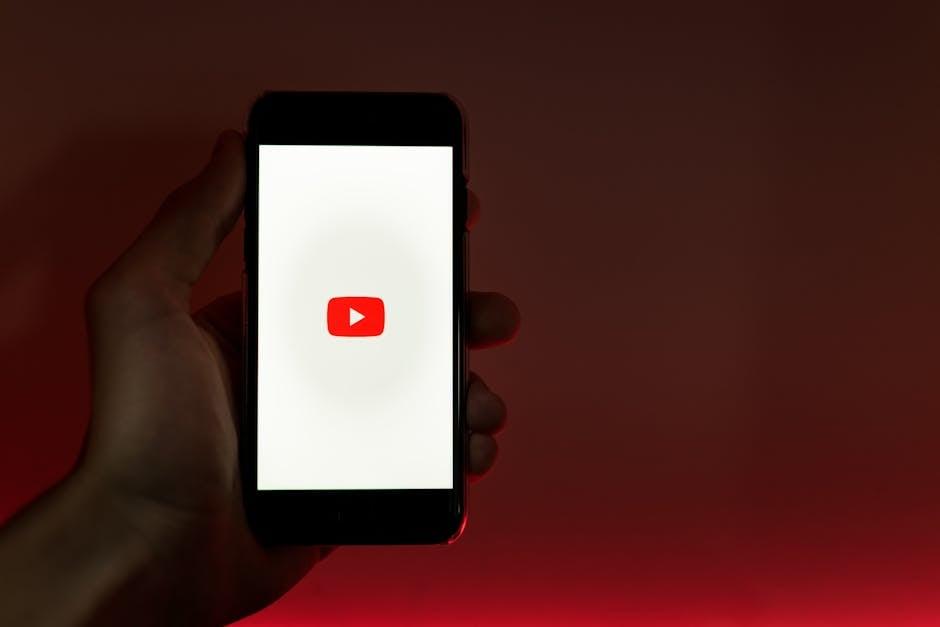
Creating an app experience that feels seamless and natural requires a delicate balance between visual elements and tactile responses. By integrating vibrant, clear visuals with subtle haptic feedback, designers can guide users effortlessly through complex tasks without overwhelming them. For example, a button that not only shifts color but also offers a gentle vibration confirms to the user that their touch has been registered, reinforcing trust and enhancing usability. This multisensory approach taps into the brain’s natural ability to process combined sensory input, thereby reducing cognitive load and increasing engagement.
To achieve this harmony, developers must consider the timing and intensity of tactile cues alongside visual changes. A well-timed vibration can emphasize critical alerts or confirmations, while smooth animations maintain flow and context. Below is a simplified comparison of key interface elements that use combined cues effectively:
| Interface Element | Visual Cue | Tactile Cue | User Benefit |
|---|---|---|---|
| Submit Button | Color Change | Light Tap Vibration | Confirms Action Taken |
| Error Notification | Shake Animation | Strong Pulse | Draws Immediate Attention |
| Swipe Gesture | Slide Transition | Subtle Buzz | Enhances Directional Feedback |
- Synchronize sensory outputs for coherent feedback.
- Adjust intensity based on context and user preferences.
- Test for accessibility to ensure all users benefit equally.
Best Practices for Integrating Multisensory Elements Without Overwhelming Users
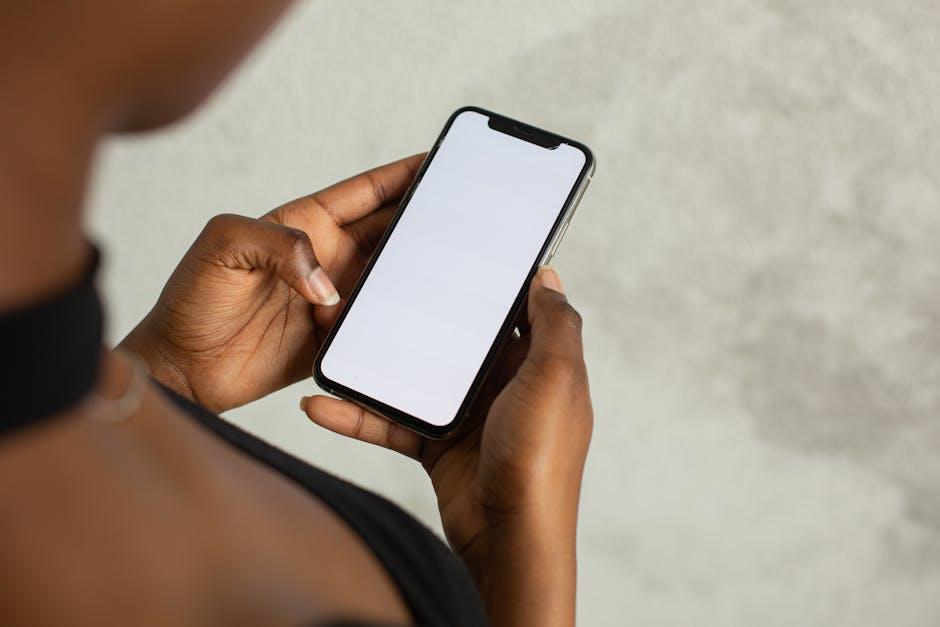
Balancing diverse sensory inputs in phone apps requires a thoughtful approach that prioritizes clarity and user comfort. Rather than flooding users with simultaneous stimuli, ensure that each sensory element serves a clear purpose. Use auditory cues sparingly to highlight important actions, combine subtle haptic feedback to enrich interaction without distraction, and incorporate visual elements that complement rather than compete with other senses. Layer these stimuli gradually, allowing users to adapt, and provide easy controls to customize or mute sensory features as individual preferences vary widely.
Creating harmony between senses can be guided by focusing on simplicity and balance. For example, consider this framework:
| Sense | Best Usage | Suggestions |
|---|---|---|
| Touch (Haptic) | Confirm actions | Short, gentle vibrations |
| Sound | Alert or feedback | Soft tones, avoid high volume |
| Sight | Guidance and information | Clear icons, smooth animations |
By thoughtfully integrating these elements with an emphasis on subtlety, apps can offer immersive experiences that feel natural rather than overwhelming.
To Wrap It Up
As our digital lives become ever more entwined with technology, the subtle dance of multisensory interactions in phone apps promises to reshape how we engage with the virtual world. By weaving together sight, sound, touch, and even beyond, developers are crafting experiences that feel less like tapping on glass and more like stepping into a vibrant, responsive environment. While the full potential of these sensory symphonies is still unfolding, one thing is clear: the future of mobile apps lies not just in what we see on screen, but in what we feel, hear, and sense-inviting us to a richer, more immersive digital connection.


